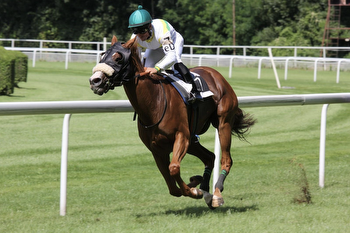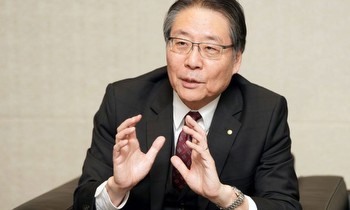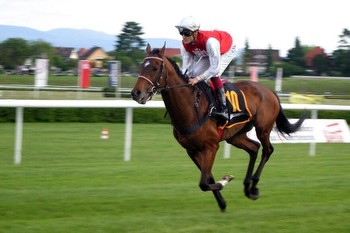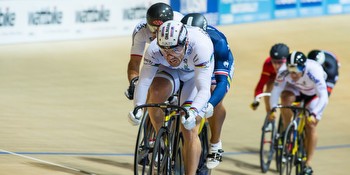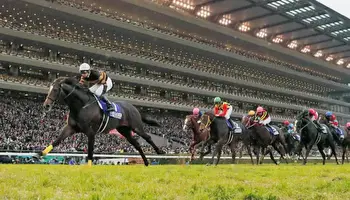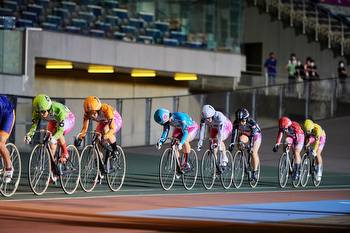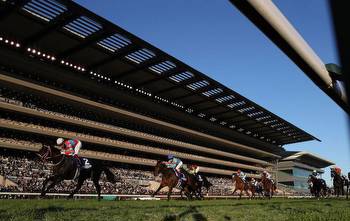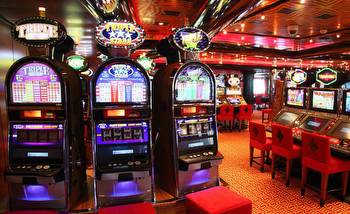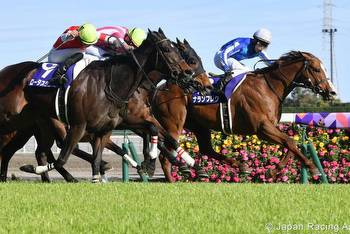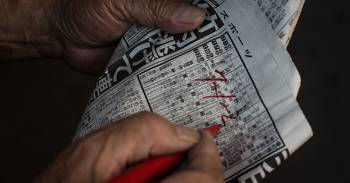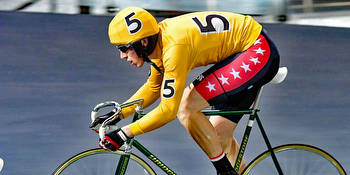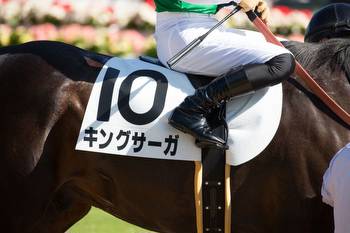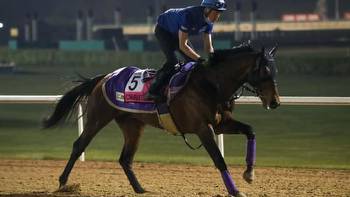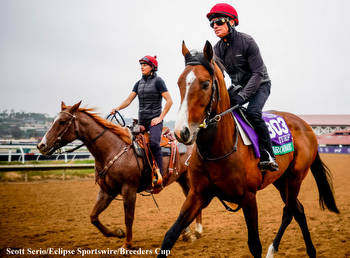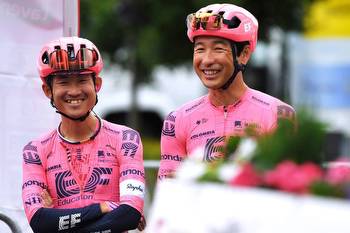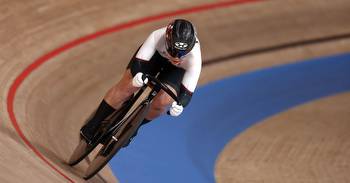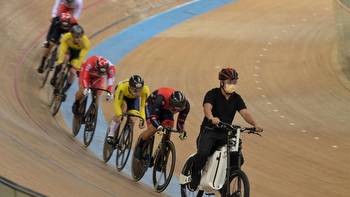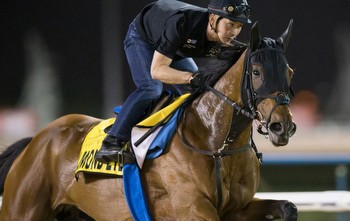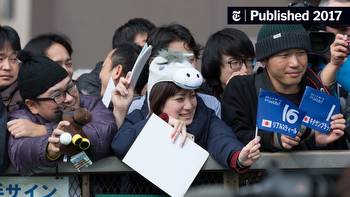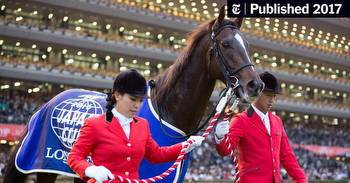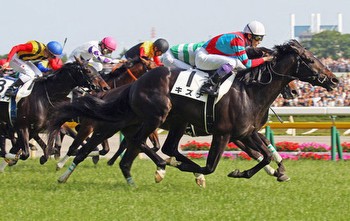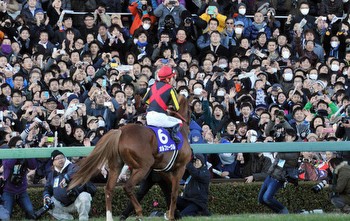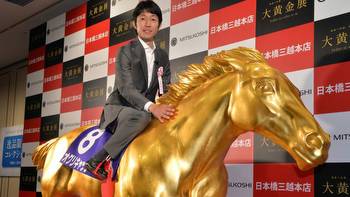Keirin Explained: Keirin School, Racing, Rules & Betting In Japan
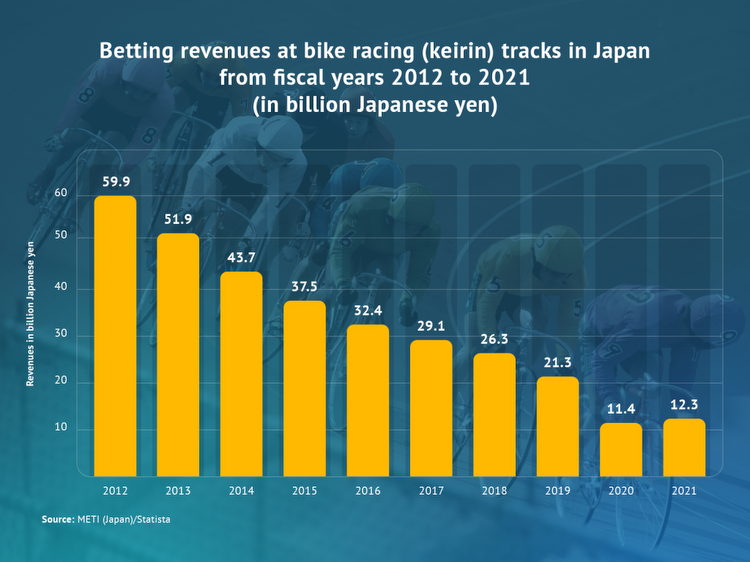
Keirin is a sport popular in Japan. It is played by nine cyclists. They wear bright jerseys and helmets. The bikes they ride are clunky, metalmachines. Keirin has become a popular sport in the country.
Keirin is a bicycle racing in Japan.
Betting is allowed on keirin in Japan.
Gambling on keirin is legal in Japan. Keirin's gambling industry is worth an estimated $10 billion. The money made from keirins is used to fund public services and build infrastructure. The Grand Prix is the highlight of the keiirin calendar. More money is bet on this event than on the whole British horse racing season. In the last three years, the amount of money being gambled on Keirin races grew steadily every year. It is estimated that the total betting turnover will reach $1.35 billion in 2021. This figure includes all bets, even those placed over the telephone or in off-track settings.
The rules of keirin have remained unchanged since the first race in 1948. The distance of the races depends on the rider's gender and rank. Riders start the race behind a pacer who starts at 16mph. They increase the speed to 30mph and the paster stops with 650-760 yards left. Then the riders have to sprint to the finish. Before each race riders declare which of three tactics they will use. Keirin is organized by the NihonJitensha Shinkōkai (Japan Bicycle Association). It is controlled by strict rules about equipment and rules to prevent match fixing. Women's keirins were allowed to race again in 2012 after the sport was banned in 1964.
The Japan Keirin School in Izu is a difficult school to get into. Only 10% of applicants are accepted. There are usually 90-100 students there. They spend 11 months of the year living in dormitories, eating incanteens and training six days per week. The day starts at 6:30am and includes an early morning run. In the afternoon they learn about the history, rules and tactics of keirin and build and deconstruct their own bikes.
In 2020 there were 2,350 registered athletes earning their living from professional bicycle racing events in Japan. Japan has only won one medal in international keirin competitions since it was introduced to the Olympics in Sydney 2000 for men and London 2012 for women. The reason for this is because the country's best athletes do not enter international competitions as they earn more in the professional circuit.
Betting on keirin races in Japan is going from strength-to-strength. Many hope that the re-introduction of the women's keirin will modernize the sport and attract new, younger audiences to the event.

